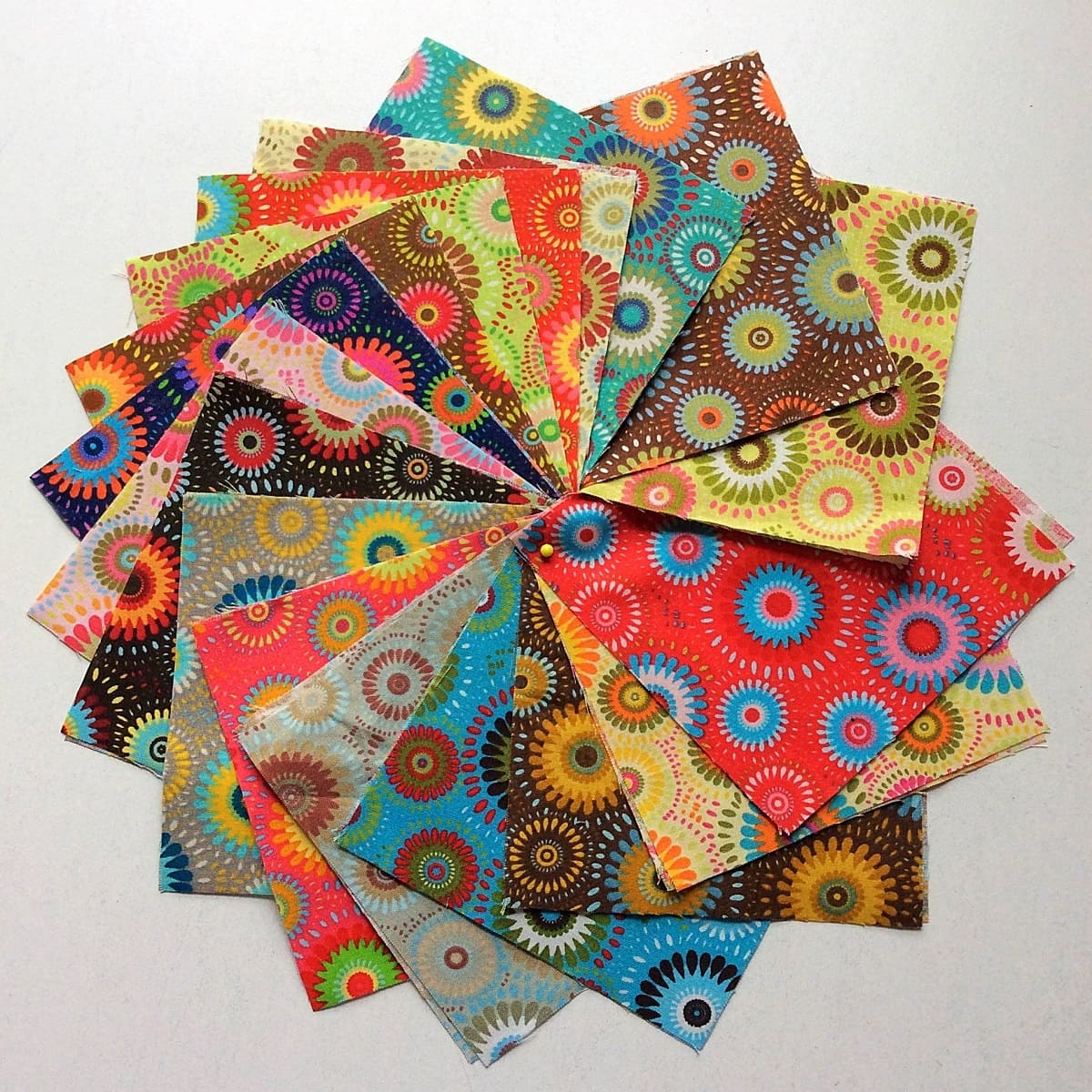

Articles
What Size Are Quilt Squares
Modified: January 5, 2024
Looking for information on quilt square sizes? Read our articles to find out everything you need to know about different sizes of quilt squares.
(Many of the links in this article redirect to a specific reviewed product. Your purchase of these products through affiliate links helps to generate commission for Storables.com, at no extra cost. Learn more)
Introduction
Quilting is a popular craft that involves sewing together layers of fabric to create beautiful and functional items. One of the fundamental building blocks in quilting is the quilt square. Quilt squares are the individual fabric pieces that come together to form the complete quilt top. They can be any shape or size, depending on the design and vision of the quilter.
In this article, we will delve into the world of quilt squares, exploring their sizes, how to measure them, and factors to consider when choosing the right size for your quilting project.
Whether you are a seasoned quilter or just starting out, understanding quilt square sizes is essential for creating visually stunning and well-proportioned quilts. Read on to discover everything you need to know about quilt square sizes.
Key Takeaways:
- Experiment with different quilt square sizes to find the perfect fit for your project. Consider factors like quilt design, size, and fabric prints to create visually stunning and well-proportioned quilt tops.
- Precision is key when measuring and piecing quilt squares. Take your time, use accurate seam allowances, and practice precision to ensure beautifully constructed quilt blocks that come together effortlessly for a visually stunning quilt top.
Read more: What To Write On A Wedding Quilt Square?
Understanding Quilt Squares
Quilt squares are the foundation of any quilt design. They are individual pieces of fabric that are sewn together to create the larger quilt top. Quilt squares come in various shapes, sizes, and designs, depending on the project and the quilter’s creativity.
There are several types of quilt squares, including traditional blocks, appliqué blocks, and improvisational blocks. Traditional quilt squares are based on classic quilt block patterns, such as the Log Cabin, Nine Patch, or Flying Geese. Appliqué blocks involve sewing smaller fabric pieces onto a larger background fabric. Improvisational blocks are created without a specific pattern or template and offer more freedom for artistic expression.
Quilt squares can be made using different methods, such as piecing, foundation piecing, or English paper piecing. Piecing involves sewing fabric pieces together using a quarter-inch seam allowance. Foundation piecing involves sewing fabric onto a foundation paper or fabric to ensure accuracy and stability. English paper piecing involves wrapping fabric around paper templates and hand-sewing the pieces together.
Understanding quilt squares is crucial for creating visually appealing and well-constructed quilts. They provide the opportunity to showcase fabric choices, color combinations, and intricate designs. Whether you prefer traditional quilt blocks or want to experiment with unique shapes and patterns, quilt squares are the building blocks that bring your quilting vision to life.
Common Quilt Square Sizes
Quilt square sizes can vary greatly depending on the desired end result of your quilt. The size of your quilt square will determine the overall size and proportions of your quilt top. Here are some common quilt square sizes that quilters often use:
- 4-inch square: This size is ideal for small quilt projects, such as mini quilts, potholders, or quilted coasters. It allows for intricate designs and precise piecing.
- 6-inch square: A 6-inch square provides a bit more space to showcase fabric patterns and allows for more complex block designs. It is a versatile size that works well for both small and medium-sized quilts.
- 9-inch square: With a 9-inch square, you have ample room for larger quilt block patterns and appliqué designs. It is a popular size for creating quilted pillows or individual block samplers.
- 12-inch square: The 12-inch square is a common choice for quilters as it provides a nice balance between block size and quilt size. It is great for creating standard-sized quilt blocks or for incorporating larger motifs.
- 16-inch square: If you want to make a bigger statement with your quilt design, a 16-inch square is a good option. It works well for creating larger quilt blocks or for showcasing detailed appliqué work.
It’s important to note that these are just some of the common quilt square sizes, and you can certainly experiment with other dimensions to suit your individual project. The size of your quilt square will depend on factors such as the quilt design, the intended use of the quilt, and your personal preference.
When choosing a quilt square size, consider the overall dimensions you want for your finished quilt, as well as the complexity of the design and the desired amount of negative space between the blocks. Remember, quilt squares are meant to complement the overall design and create a visually pleasing and balanced quilt top.
Factors to Consider in Choosing Quilt Square Size
When deciding on the size of your quilt squares, there are several factors to consider that can influence your choice. Here are some key factors to keep in mind:
- Quilt Design: The design of your quilt plays a crucial role in determining the size of your quilt squares. Intricate or complex designs might require larger squares to fully showcase the details, while simpler designs may work well with smaller squares.
- Quilt Size: The overall size of your quilt is an important consideration. If you’re making a small wall hanging or a baby quilt, smaller quilt squares may be more appropriate. On the other hand, a bed-sized quilt will require larger squares to cover the surface adequately.
- Block Patterns: Different block patterns have varying sizes and proportions. Some block patterns require specific square sizes to ensure the design fits together seamlessly. Consider the block patterns you’re using and choose a square size that aligns with the dimensions of those patterns.
- Fabric Prints: The size and scale of your fabric prints can impact the appearance of your quilt squares. If you’re working with large-scale prints or intricate patterns, larger squares can help showcase the details. Smaller prints may work well with smaller squares.
- Piecing Accuracy: If you’re new to quilting or prefer more intricate piecing, larger squares might be easier to work with. However, if you enjoy the challenge of precise piecing and intricate designs, smaller squares can provide more complexity.
- Negative Space: Consider how much negative space you want between your quilt squares. If you prefer a more airy and open design, larger squares with more negative space may be desirable. On the other hand, if you prefer a densely pieced quilt, smaller squares with minimal negative space might be more suitable.
These factors are not mutually exclusive – you may need to strike a balance among them to achieve the desired quilt square size. Keep in mind that experimentation is key in finding the perfect quilt square size for your project. Don’t be afraid to try different sizes and see what works best for your design and personal style.
By considering these factors, you can select the ideal quilt square size that will enhance your quilt design, allow for accurate piecing, and ultimately result in a visually stunning finished product.
When choosing the size of quilt squares, consider the finished size of the quilt, the complexity of the design, and the desired seam allowance. Larger squares are easier for beginners, while smaller squares allow for more intricate designs.
How to Measure Quilt Squares
Accurately measuring quilt squares is crucial for ensuring that they fit together seamlessly and create a well-proportioned quilt top. Here are the steps to measure quilt squares:
- Gather Necessary Tools: Before measuring your quilt squares, make sure you have a clear ruler with accurate measurements and a rotary cutter or scissors to trim the fabric.
- Choose a Reference Point: Select a reference point on the quilt square where you will begin your measurements. This can be a corner or a designated spot that is easy to identify.
- Align Ruler: Place your ruler on top of the quilt square, aligning it with the reference point and ensuring that it extends beyond all four sides of the square.
- Measure Length: Determine the desired measurement for the side of the quilt square you are measuring (e.g., 4 inches). Read the measurement on the ruler where the opposite side of the quilt square aligns.
- Measure Width: Repeat the same process to measure the width of the quilt square. Ensure that the ruler is aligned with the reference point and extends beyond both sides of the square.
- Double-Check Measurements: Once you have obtained the length and width measurements, double-check them to ensure accuracy. If needed, adjust the fabric edges using a rotary cutter or scissors to achieve the desired dimensions.
It’s important to note that quilt squares are typically measured before they are sewn together. This allows for accurate piecing and ensures that all quilt squares are uniform in size.
If you are working with intricate block patterns or appliqué designs, it may be helpful to create a template or pattern for your quilt squares. This will allow you to trace and cut multiple fabric pieces with the same dimensions, resulting in consistent square sizes.
Remember to always measure and cut your quilt squares with precision to ensure a high-quality finished quilt. Taking the time to measure accurately will save you frustration and ensure that your quilt top comes together smoothly.
Read more: What Size Is A Queen Size Quilt
Tips for Piecing Quilt Squares
Piecing quilt squares is a fundamental step in quilting that requires accuracy and attention to detail. Here are some helpful tips to ensure successful and precise piecing:
- Use Accurate Seam Allowance: When piecing quilt squares, it is crucial to maintain a consistent and accurate seam allowance. Most quilters use a quarter-inch seam allowance, but always consult your specific pattern or quilting instructions to confirm the recommended seam allowance.
- Press Seam Allowances: Pressing seam allowances is an important step in achieving neat and flat quilt squares. After sewing the fabric pieces together, press the seam allowances towards the darker fabric or in the direction indicated by your pattern. This helps reduce bulk and ensures smooth piecing.
- Pin or Use Sewing Clips: To keep the fabric pieces aligned and prevent shifting during sewing, use pins or sewing clips to hold them in place. This will help maintain accuracy and prevent the dreaded “misaligned seams” issue.
- Trim Excess Threads: After sewing each seam, trim any excess thread tails. This will help keep your work area neat and prevent thread knots or tangles that could affect the final appearance and durability of your quilt.
- Press Open or to One Side: Depending on your preference and the quilt block design, you can choose to press the seam allowances open or to one side. Pressing seams open reduces bulk and allows for more precise matching of seams. Pressing to one side can provide additional stability for certain quilt block patterns.
- Check Seam Accuracy: Periodically check the accuracy of your seams as you piece the quilt squares together. Lay the quilt square flat and ensure that the edges align correctly and the corners meet at right angles. Adjust as needed before moving on to the next seam.
- Take Breaks: Piecing quilt squares requires concentration and focus. It’s important to take breaks when needed to prevent fatigue or mistakes. Taking short breaks will help you maintain accuracy and consistency throughout the piecing process.
- Practice Precision: Precision is key when piecing quilt squares. Pay attention to the alignment of fabric pieces, the accuracy of your seam allowances, and the overall square shape. Taking your time and practicing precision will lead to beautifully pieced quilt squares and a stunning finished quilt.
Remember that quilting is a creative process, and each quilter may have their own unique methods and preferences for piecing quilt squares. These tips are meant to serve as a general guideline to help you achieve accurate and well-constructed quilt blocks.
By following these tips and practicing your piecing skills, you will be on your way to creating beautifully pieced quilt squares that come together effortlessly for a visually stunning quilt top.
Conclusion
Quilt squares are the foundation of any quilt design, and choosing the right size is an essential step in the quilting process. By understanding quilt squares, considering factors such as quilt design and size, measuring accurately, and employing piecing techniques, you can create stunning and well-constructed quilt tops.
Common quilt square sizes, such as 4-inch, 6-inch, 9-inch, 12-inch, and 16-inch squares, provide a range of options to suit various projects. However, it’s important to remember that these sizes are not set in stone – experimentation is encouraged to find the perfect square size for your specific design and vision.
When measuring quilt squares, attention to detail is key. Double-checking your measurements and ensuring accurate cutting will result in precise and uniform quilt blocks. Taking the time to piece quilt squares with care, following tips like using accurate seam allowances, pressing seam allowances, and checking for accuracy, will contribute to a visually appealing and well-constructed quilt top.
Ultimately, the size of your quilt squares should align with your design goals and personal preferences. Don’t be afraid to think outside the box and explore unique sizes or shapes to add a personal touch to your quilting projects.
Quilting is a creative and rewarding craft, and quilt squares play a crucial role in bringing your vision to life. Whether you’re a beginner or an experienced quilter, understanding quilt squares and incorporating them effectively will elevate your quilting projects and create beautiful and memorable pieces of art.
So, embrace the world of quilt squares, unleash your creativity, and enjoy the endless possibilities that come with creating stunning quilt tops!
Frequently Asked Questions about What Size Are Quilt Squares
Was this page helpful?
At Storables.com, we guarantee accurate and reliable information. Our content, validated by Expert Board Contributors, is crafted following stringent Editorial Policies. We're committed to providing you with well-researched, expert-backed insights for all your informational needs.
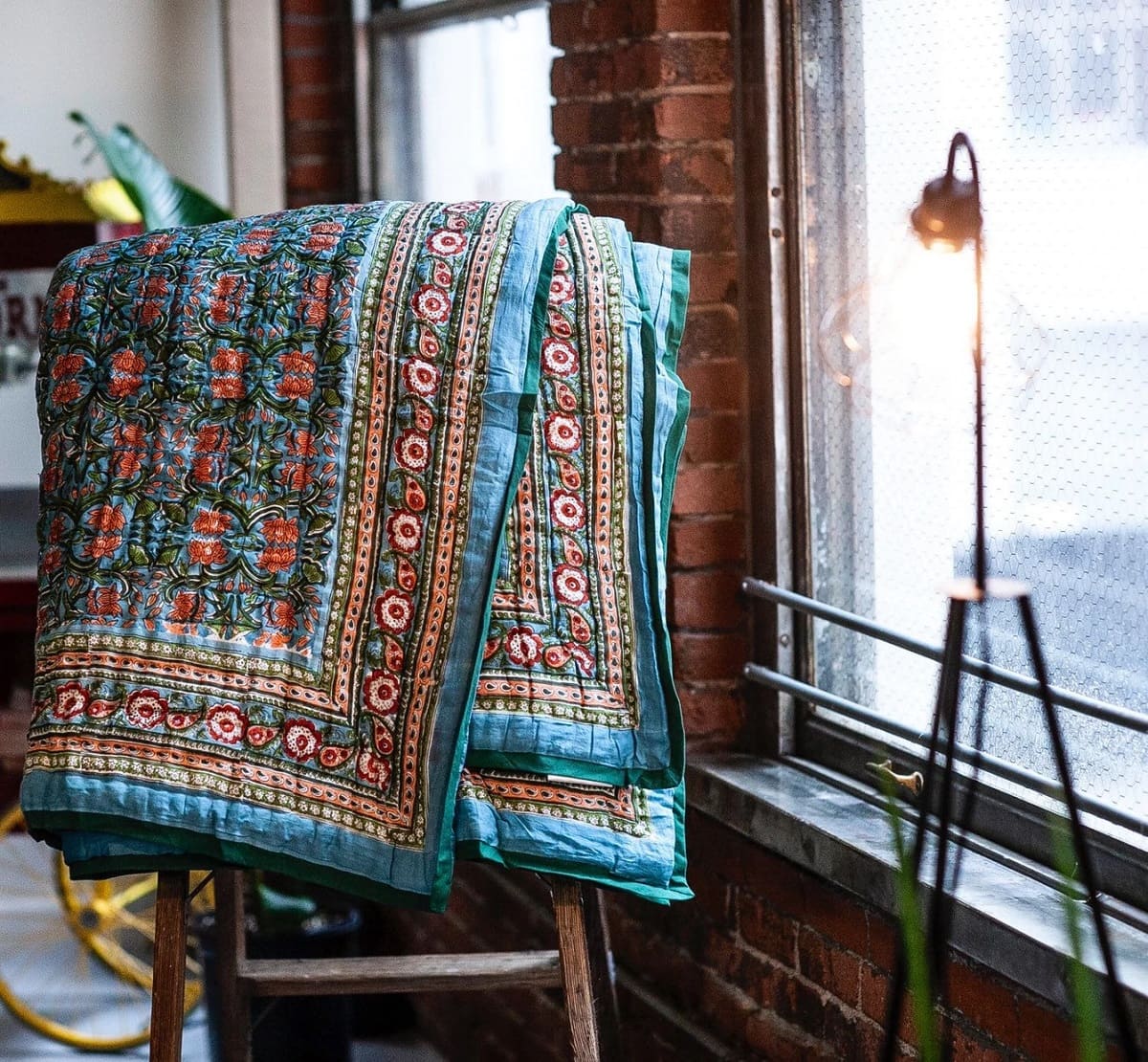
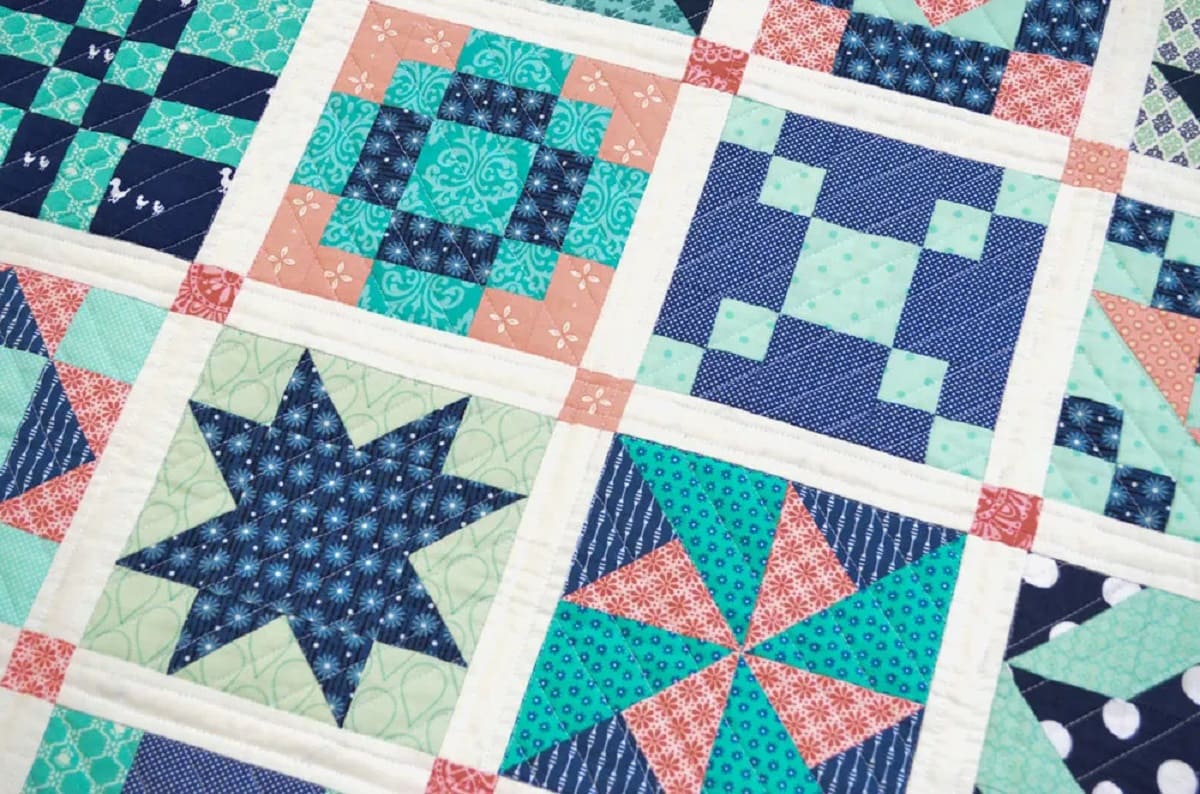
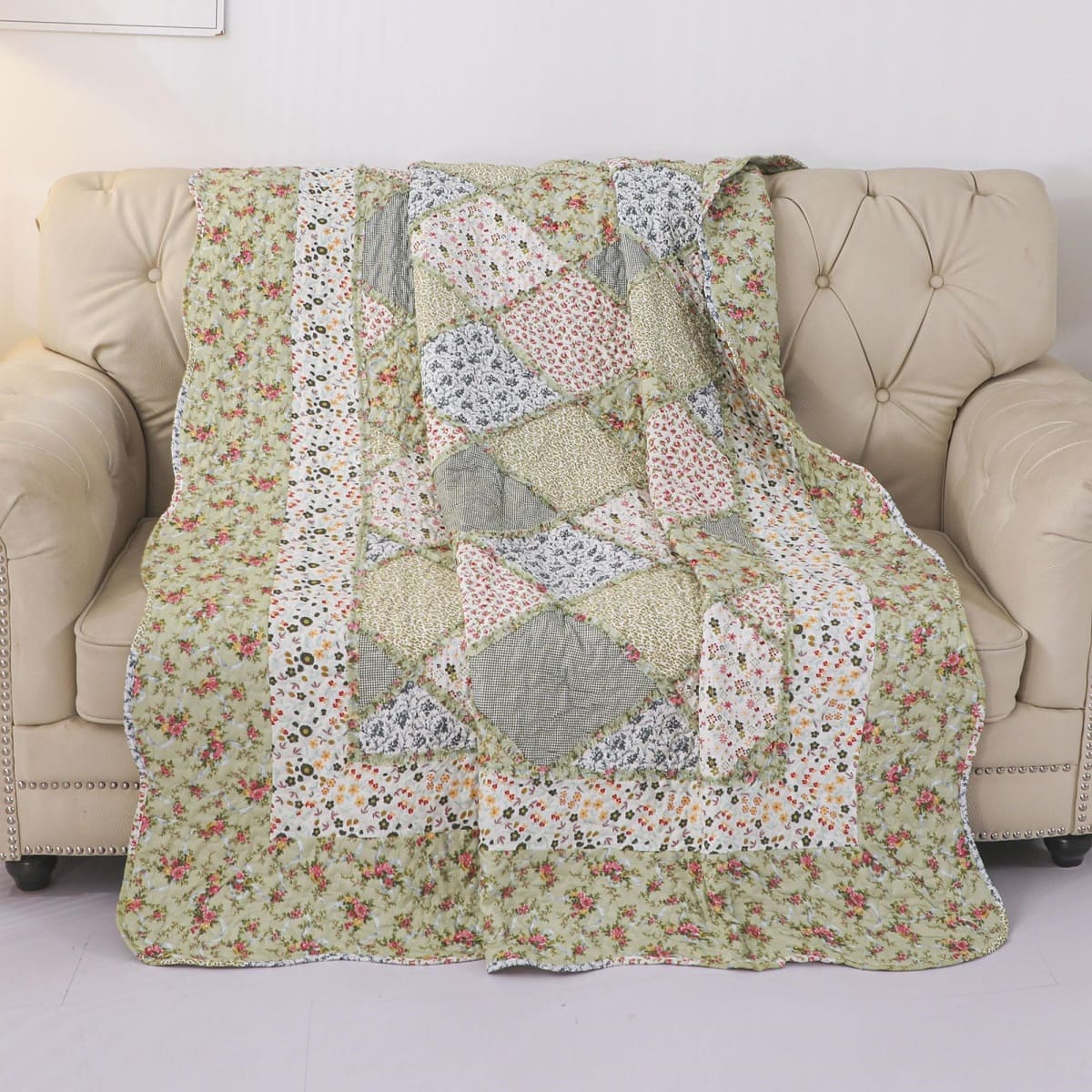
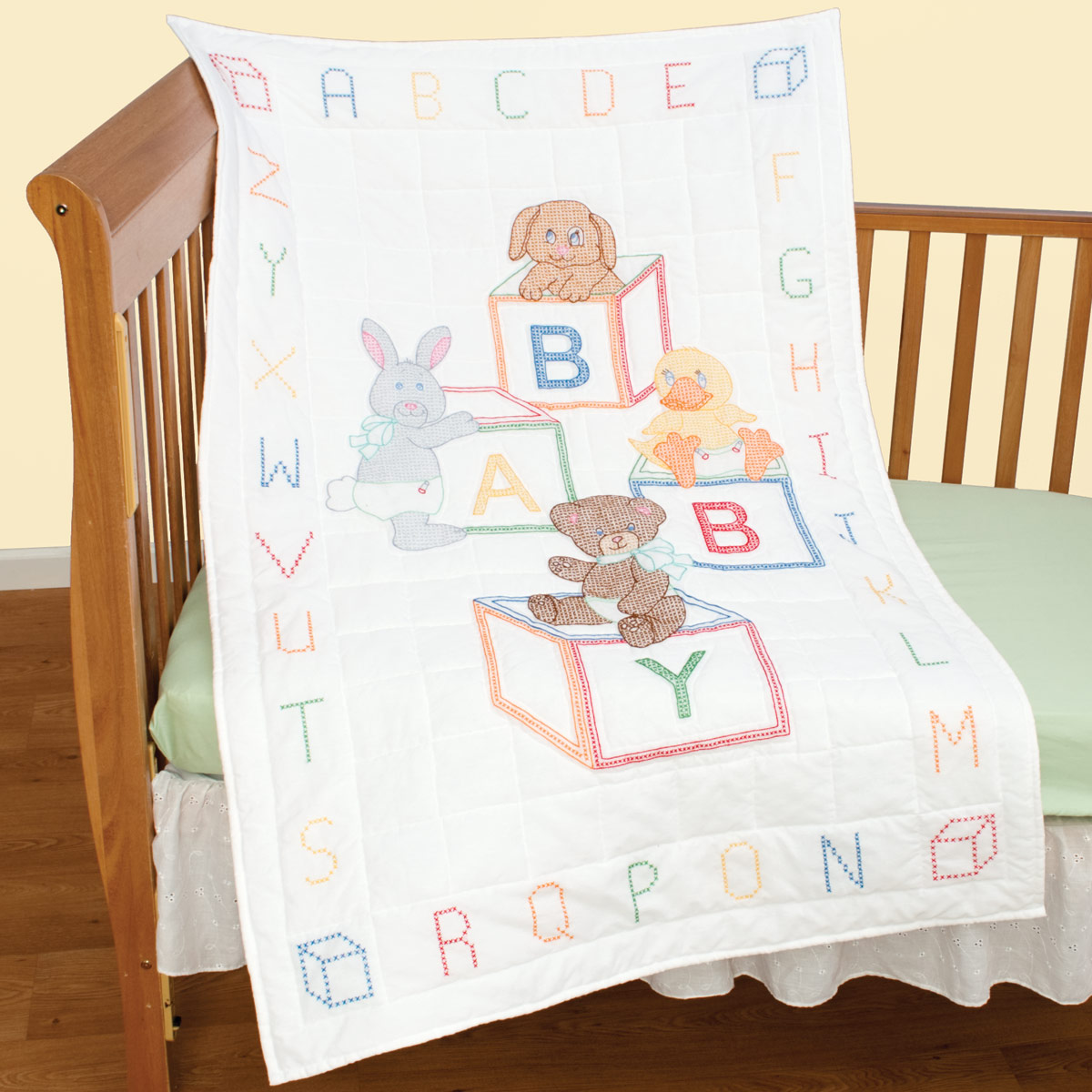
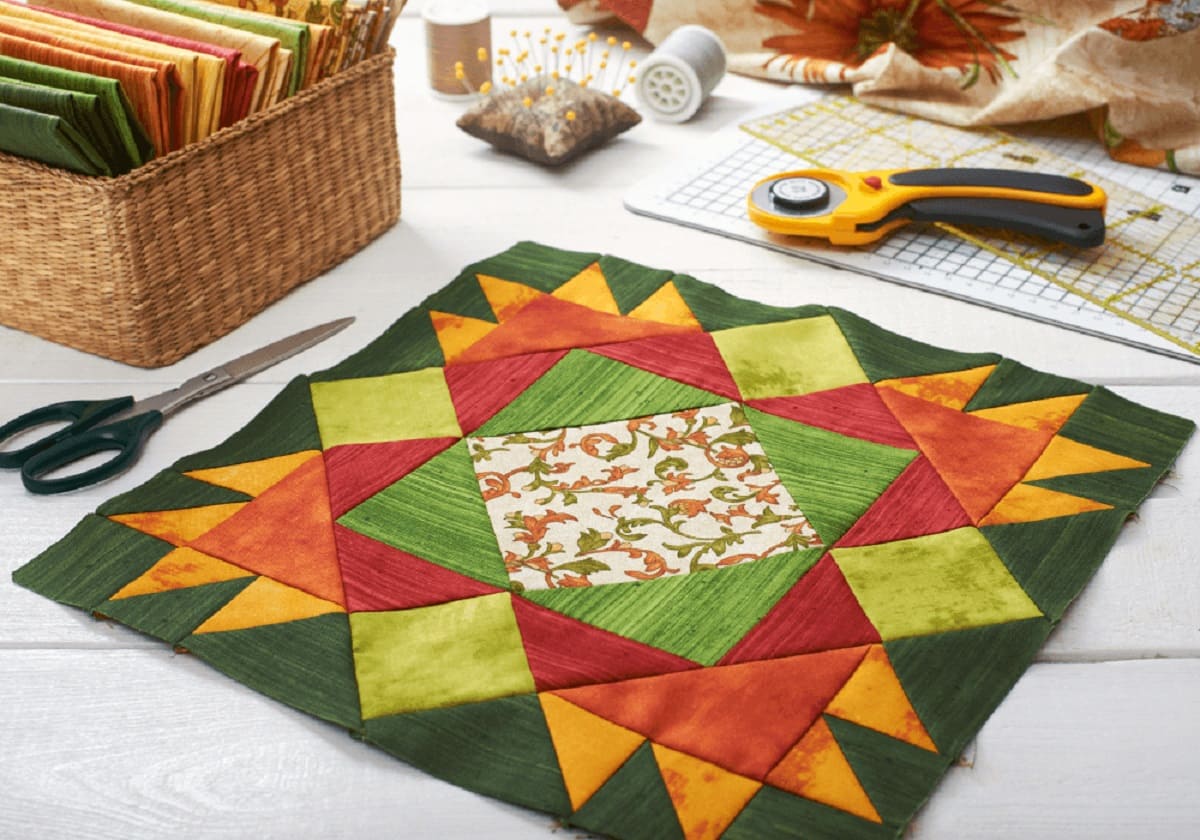
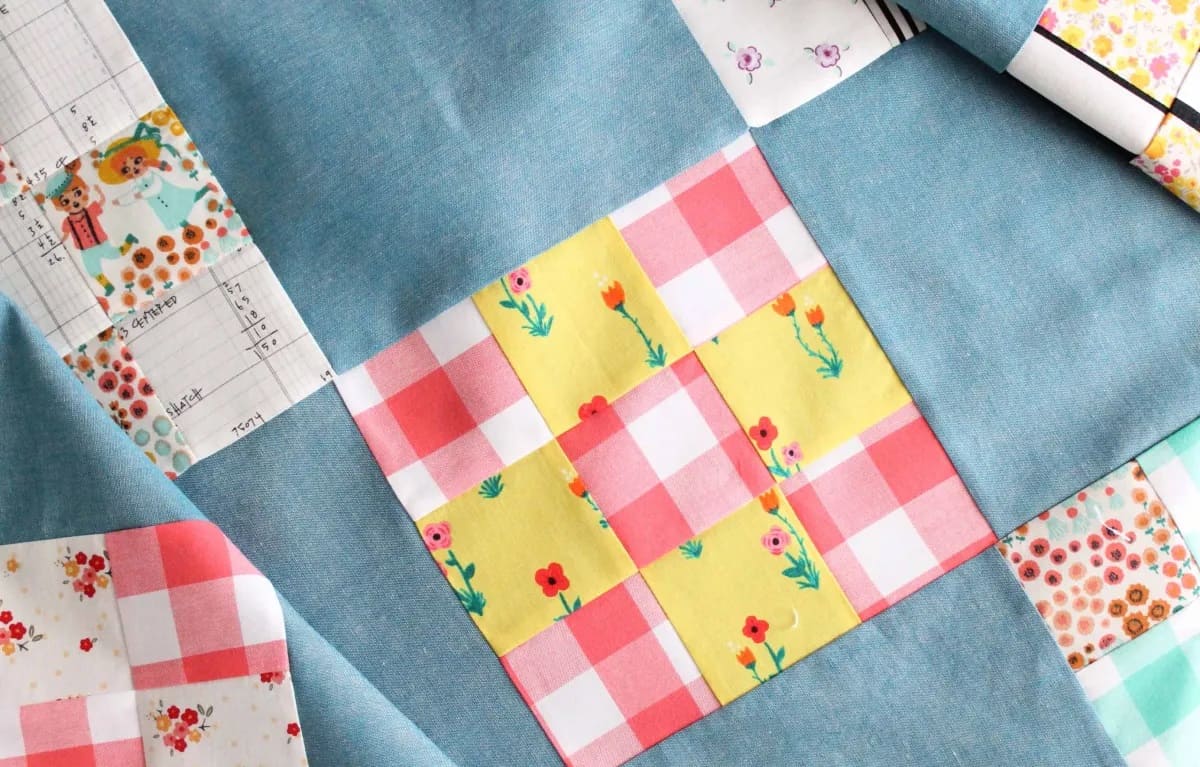
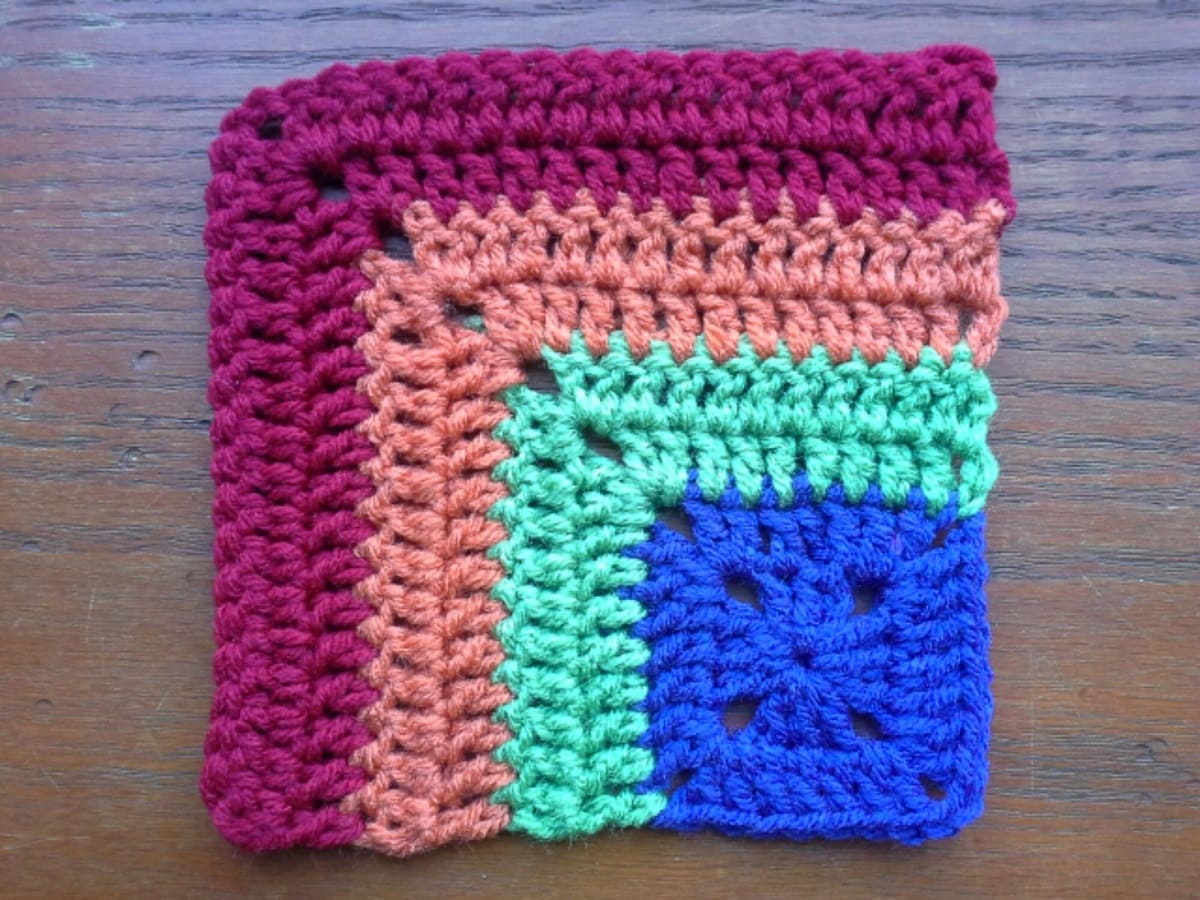
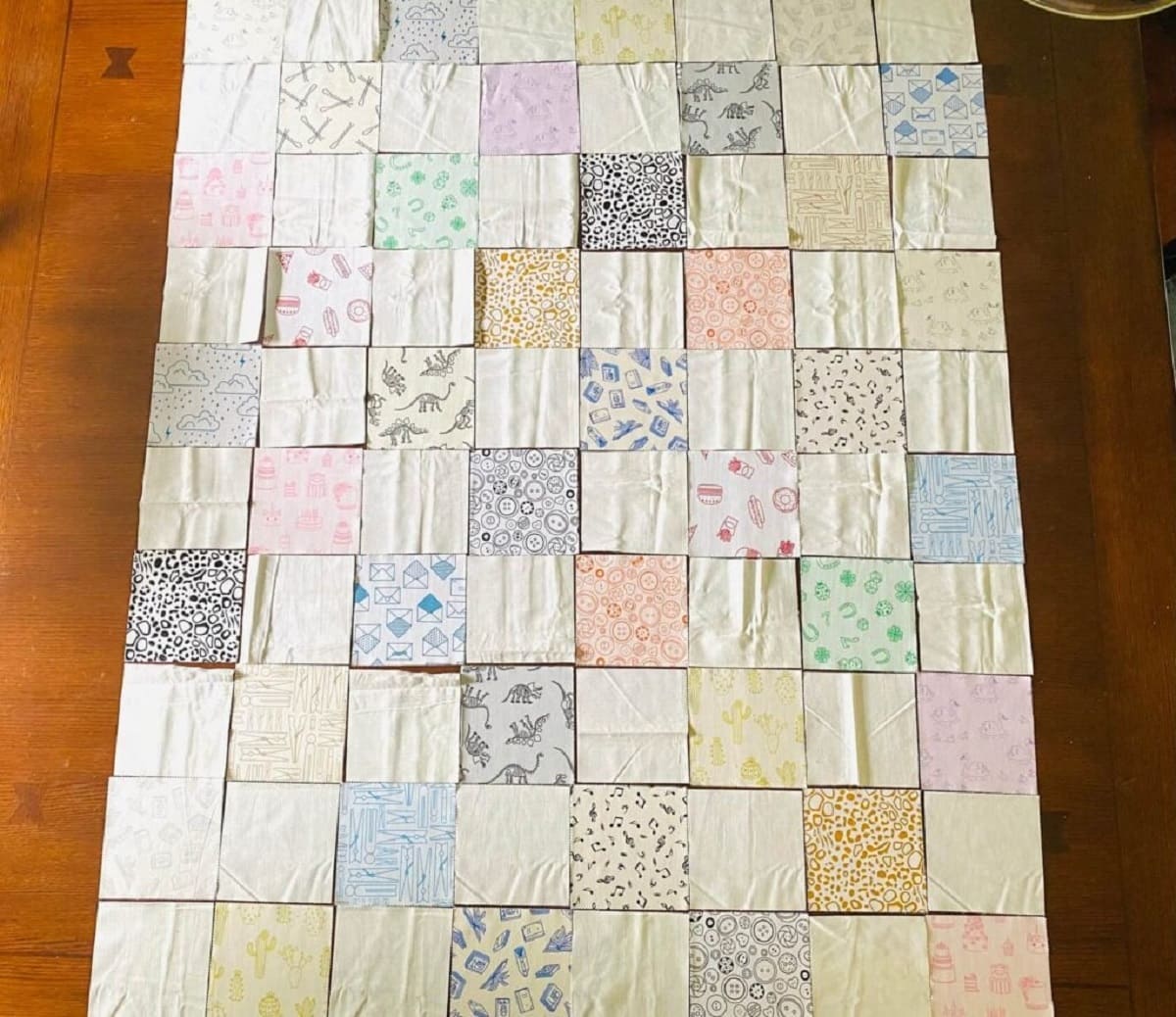
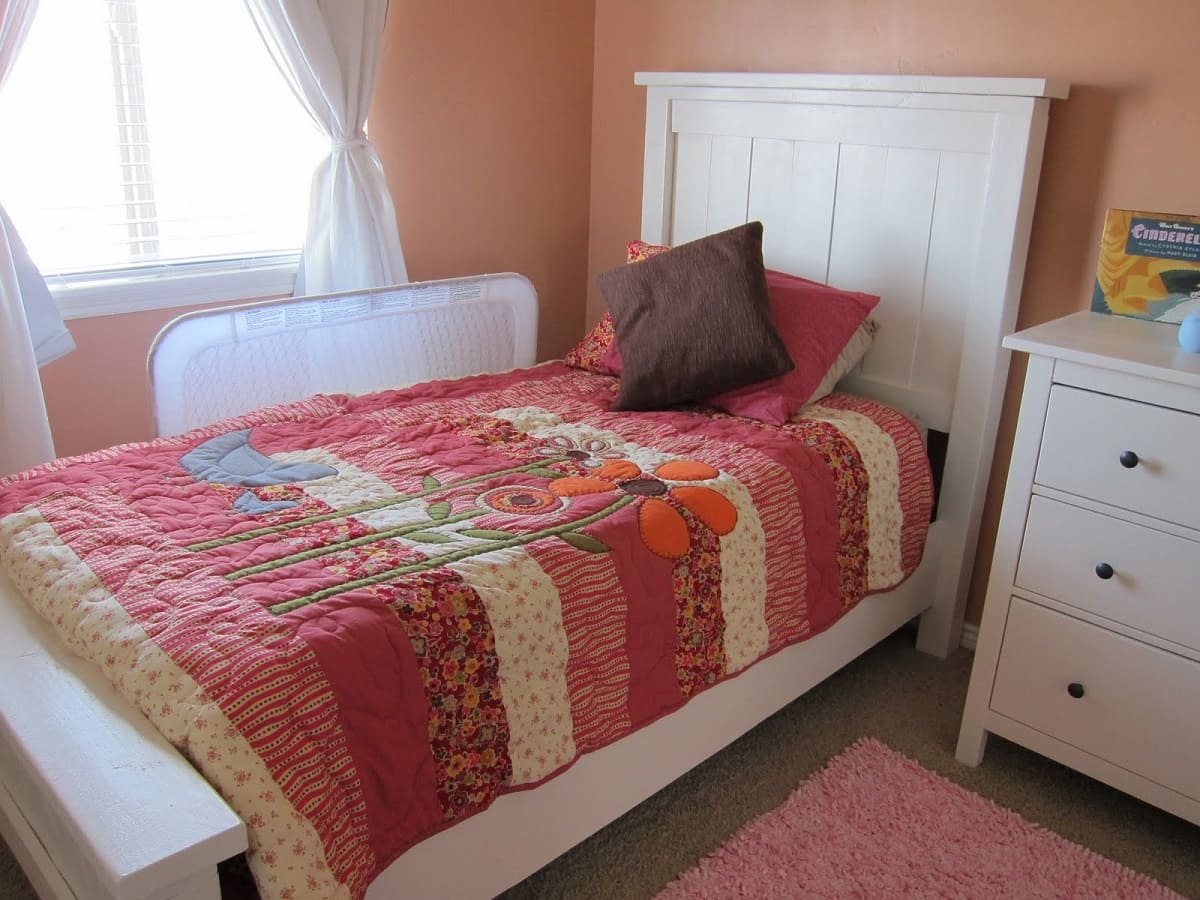
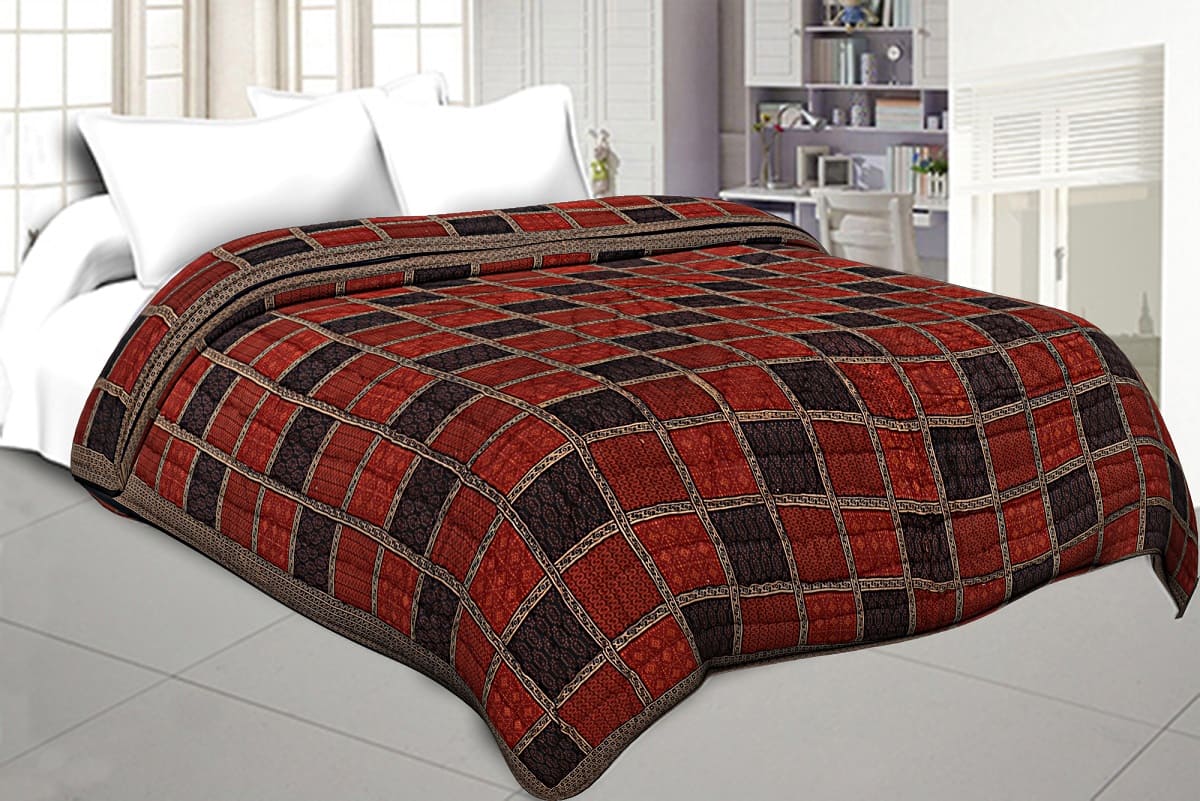
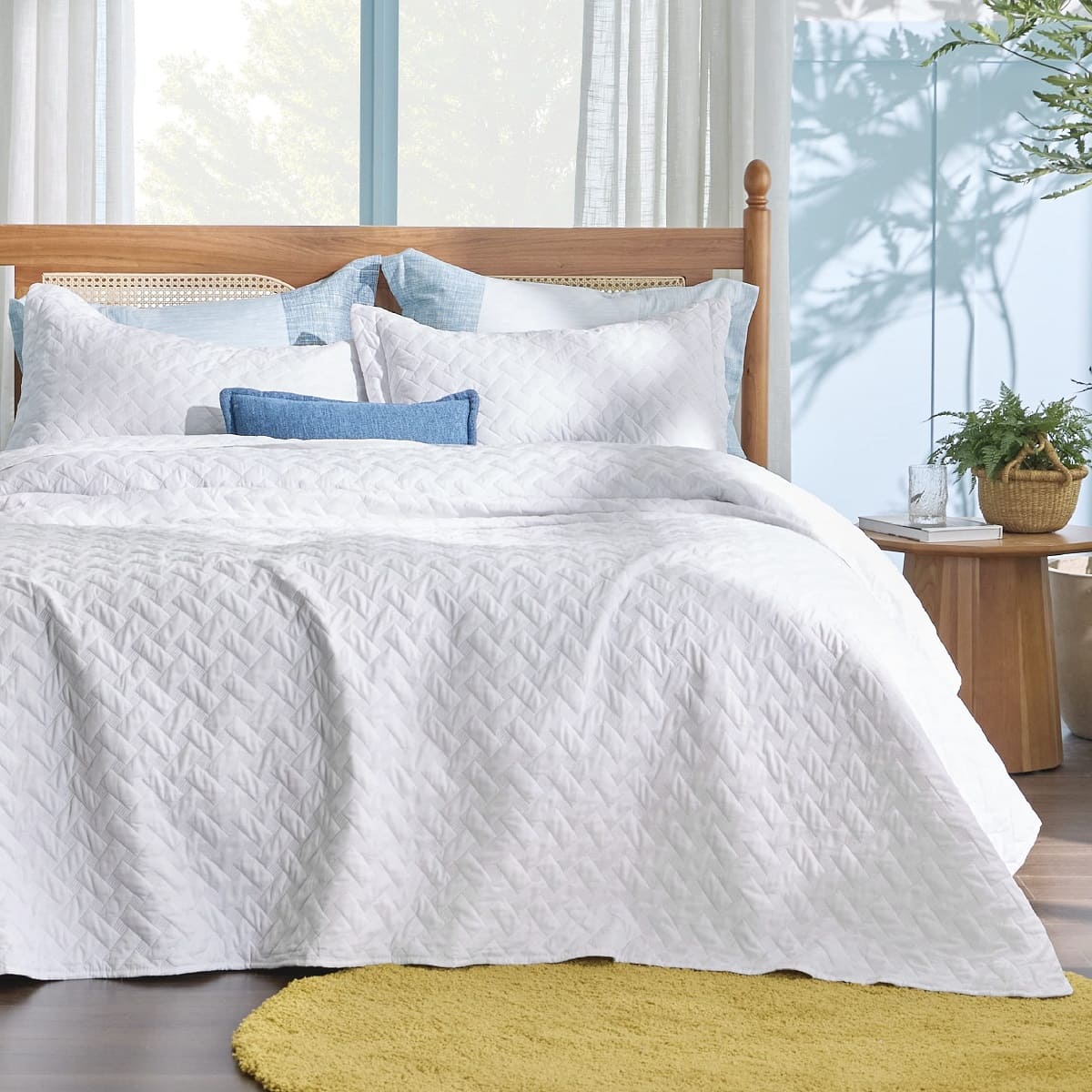
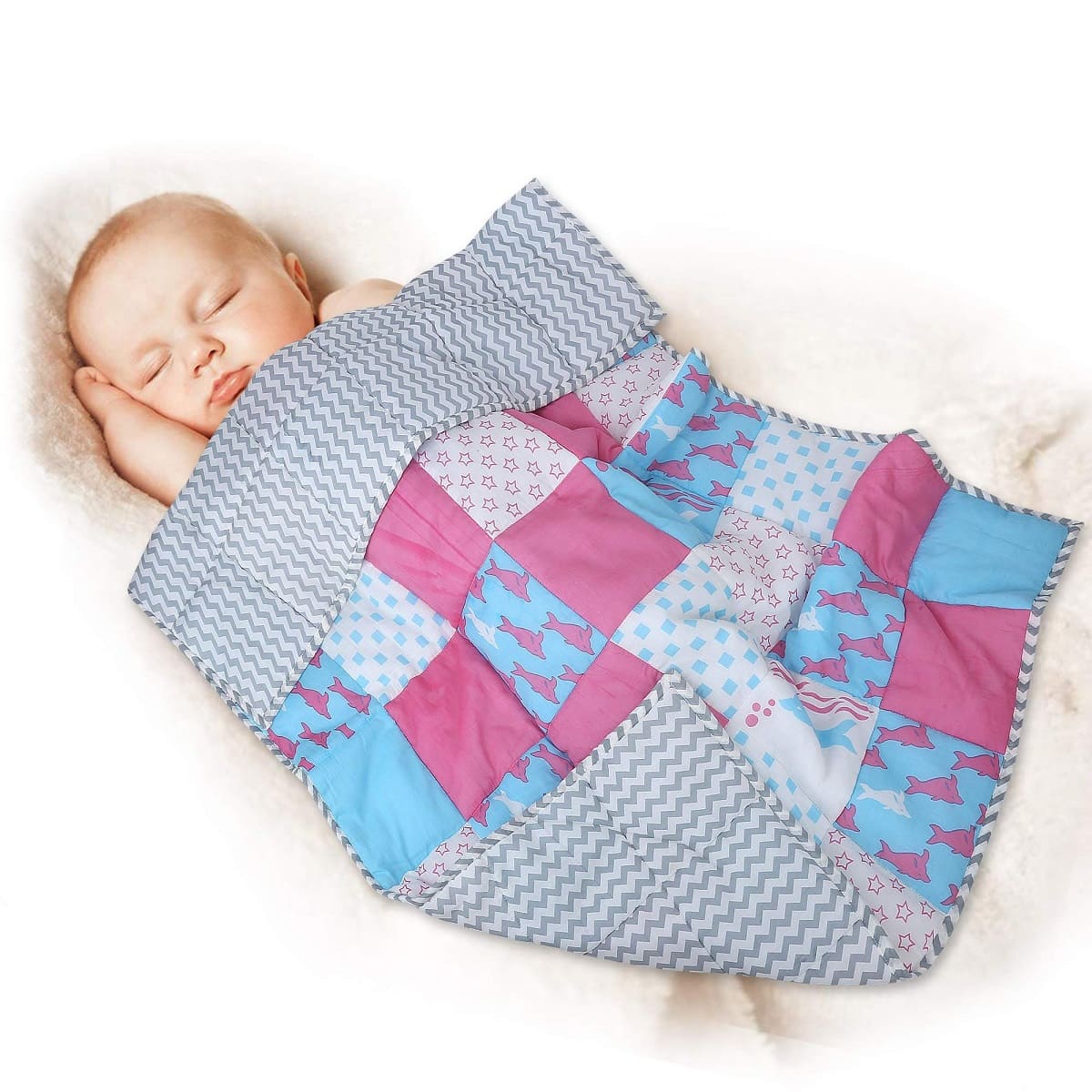
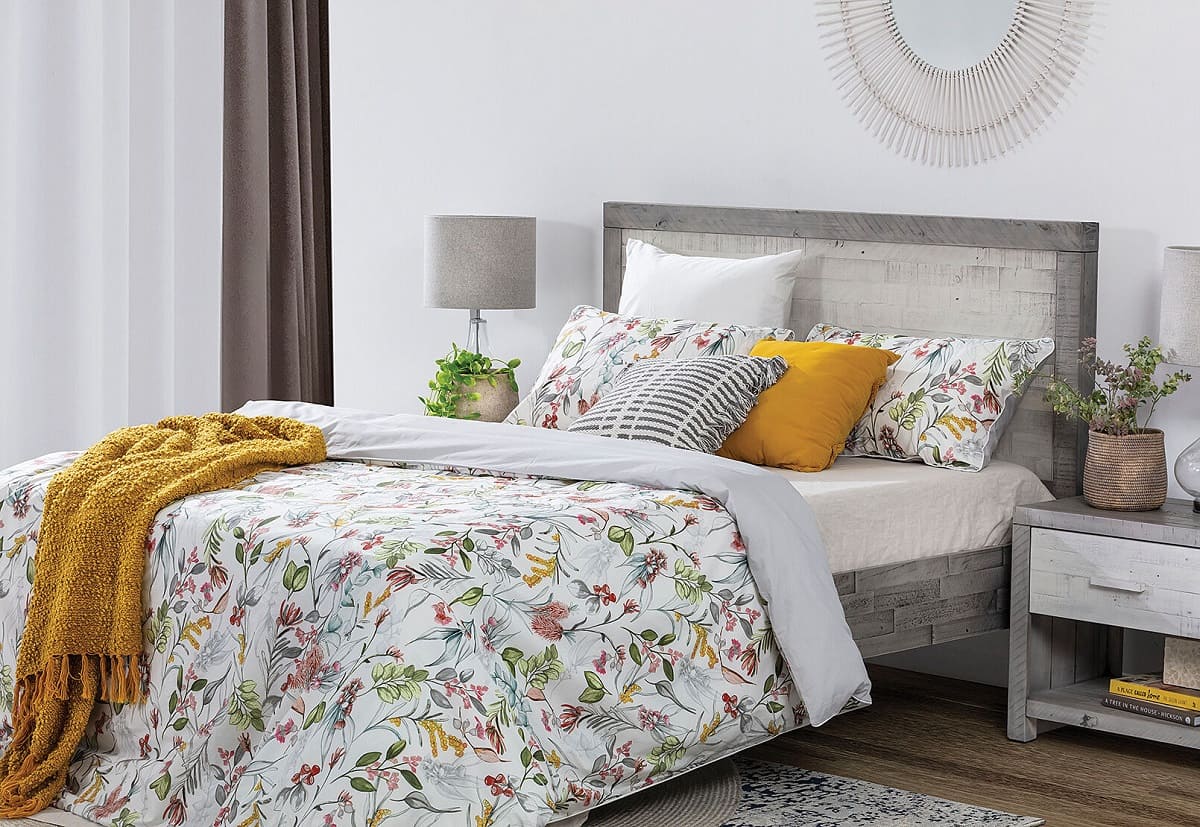
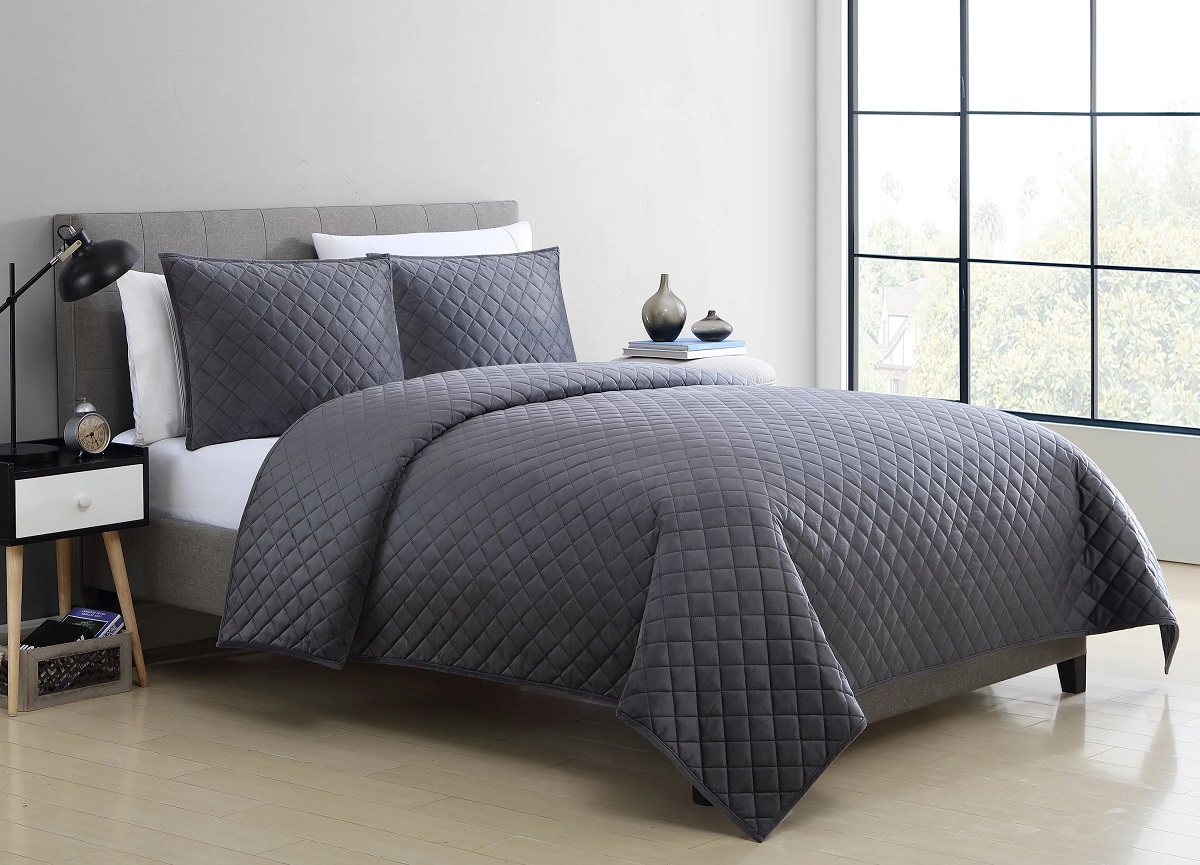

0 thoughts on “What Size Are Quilt Squares”